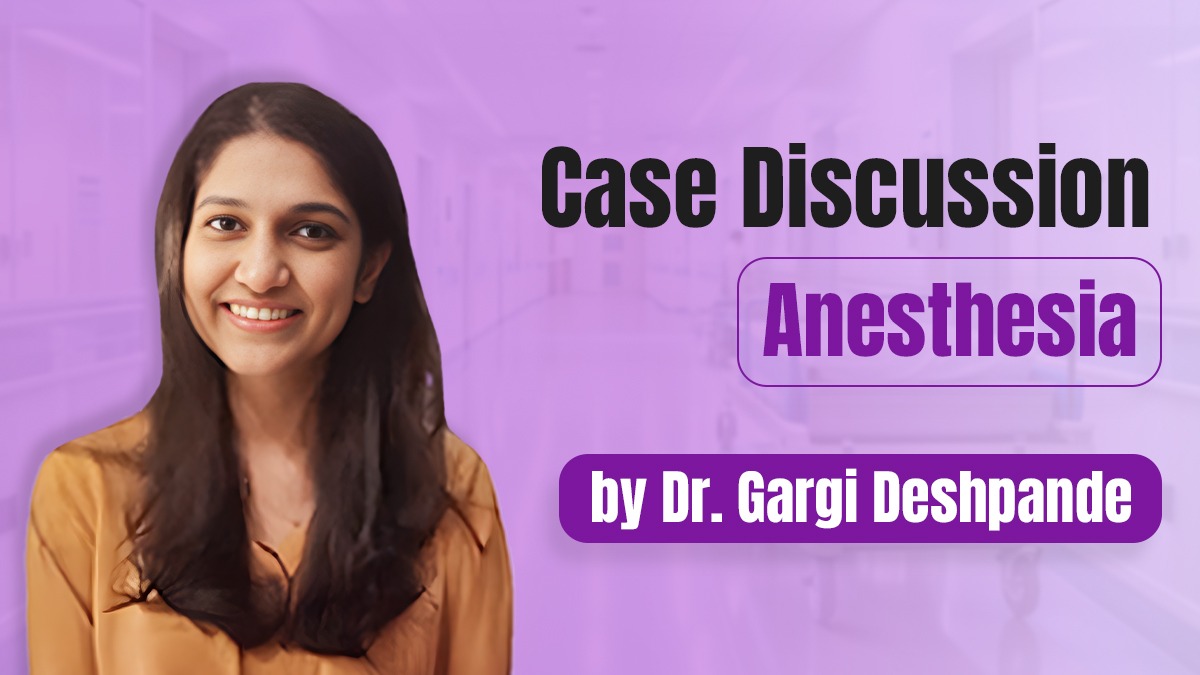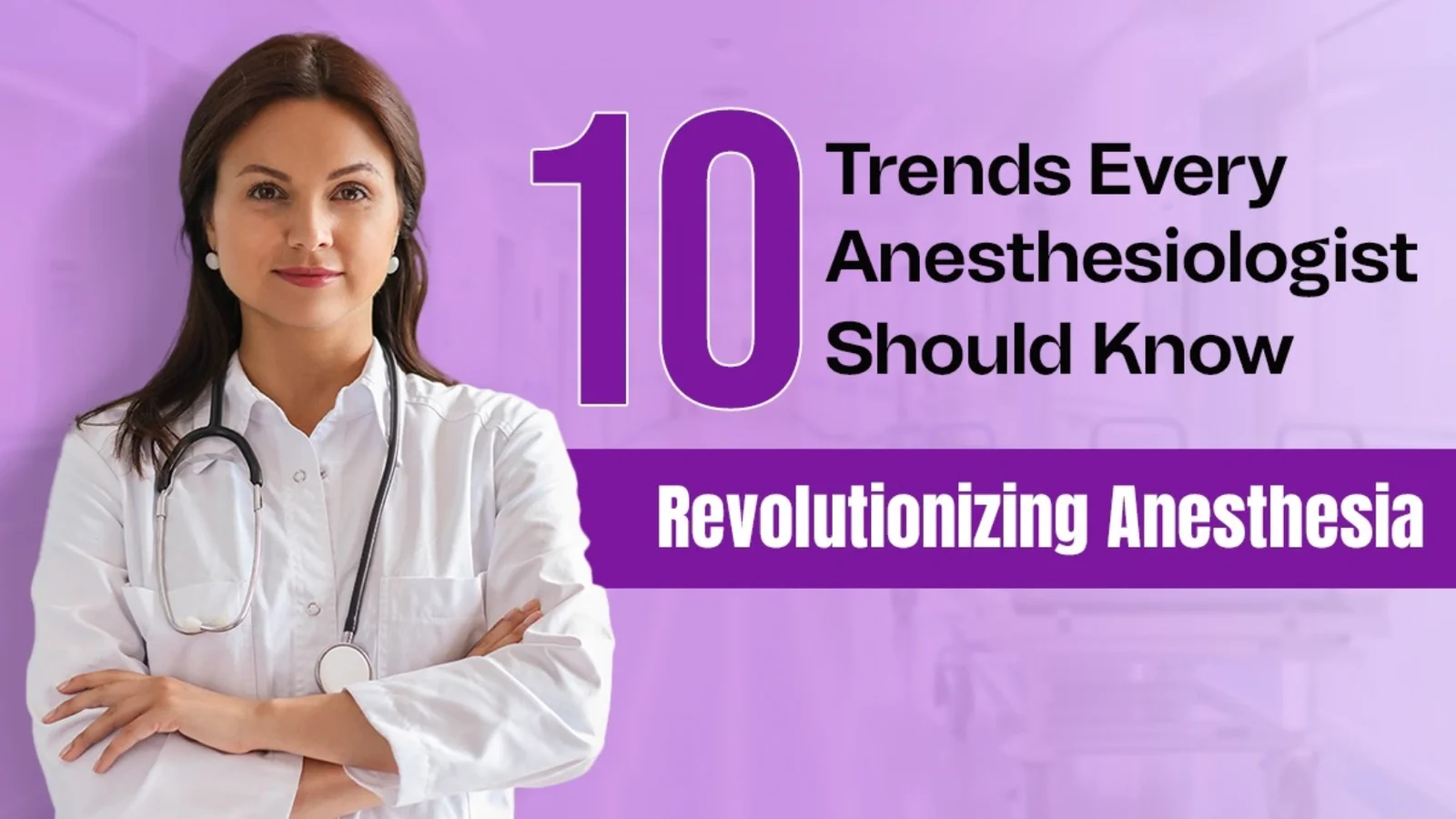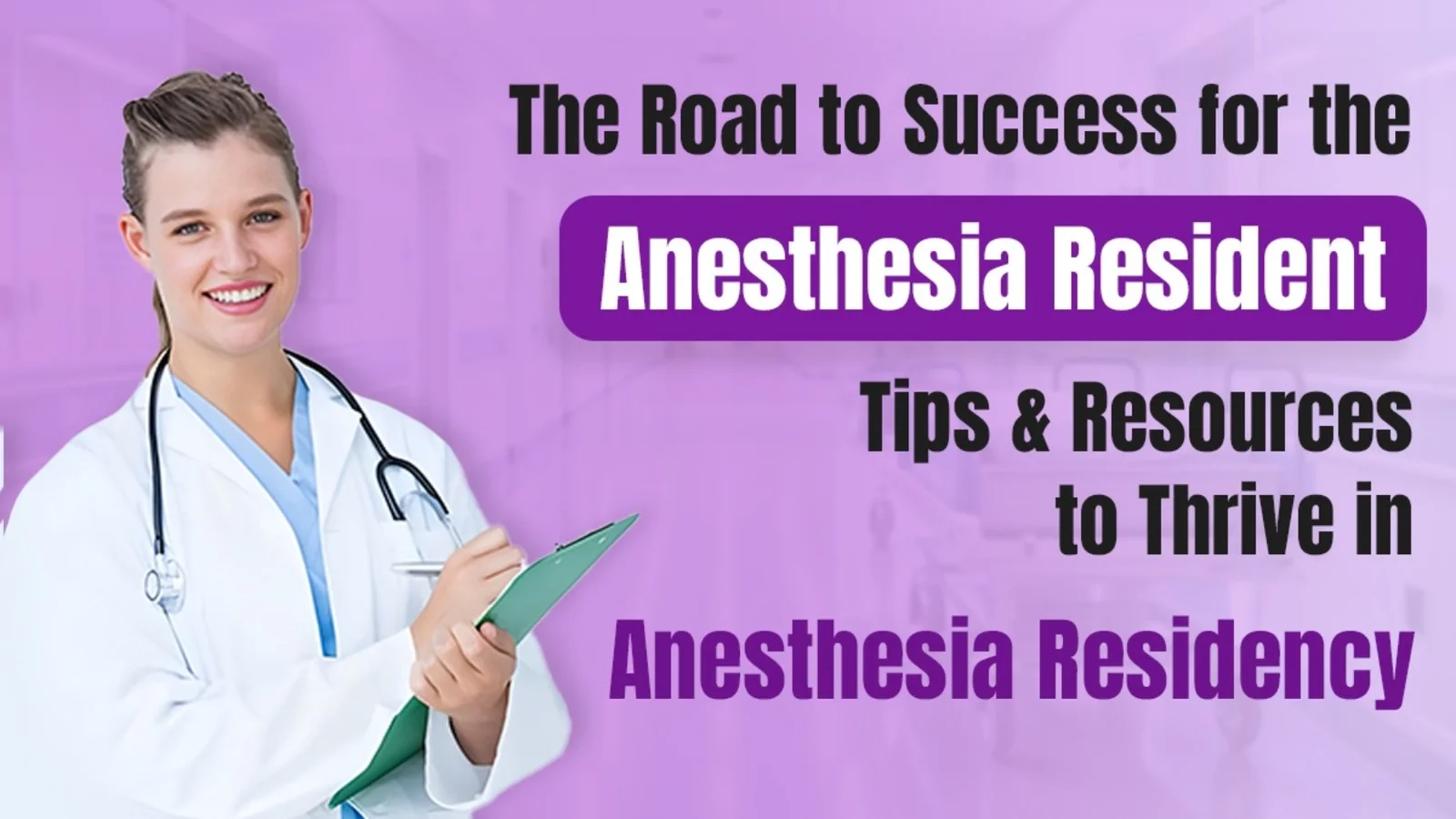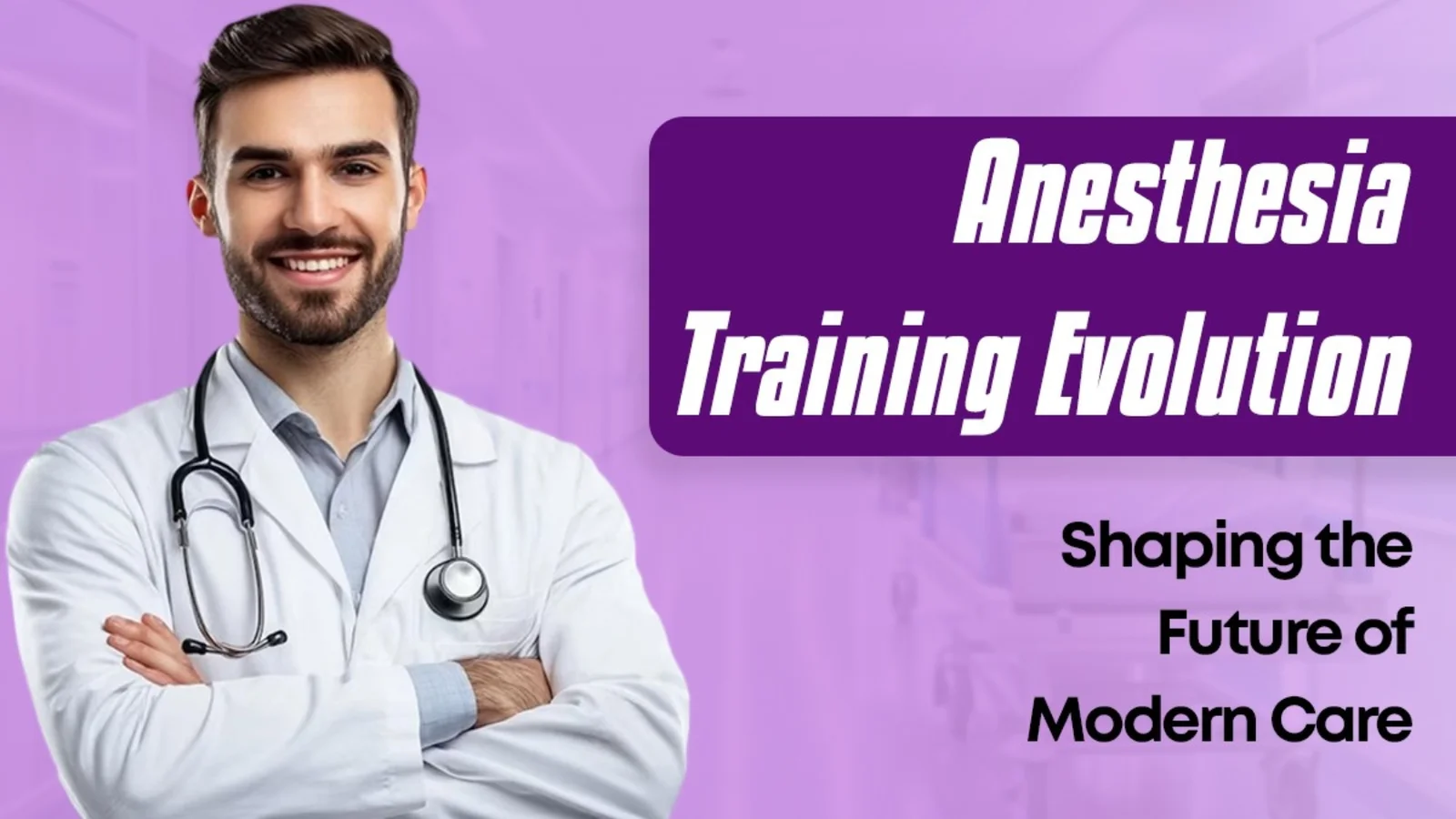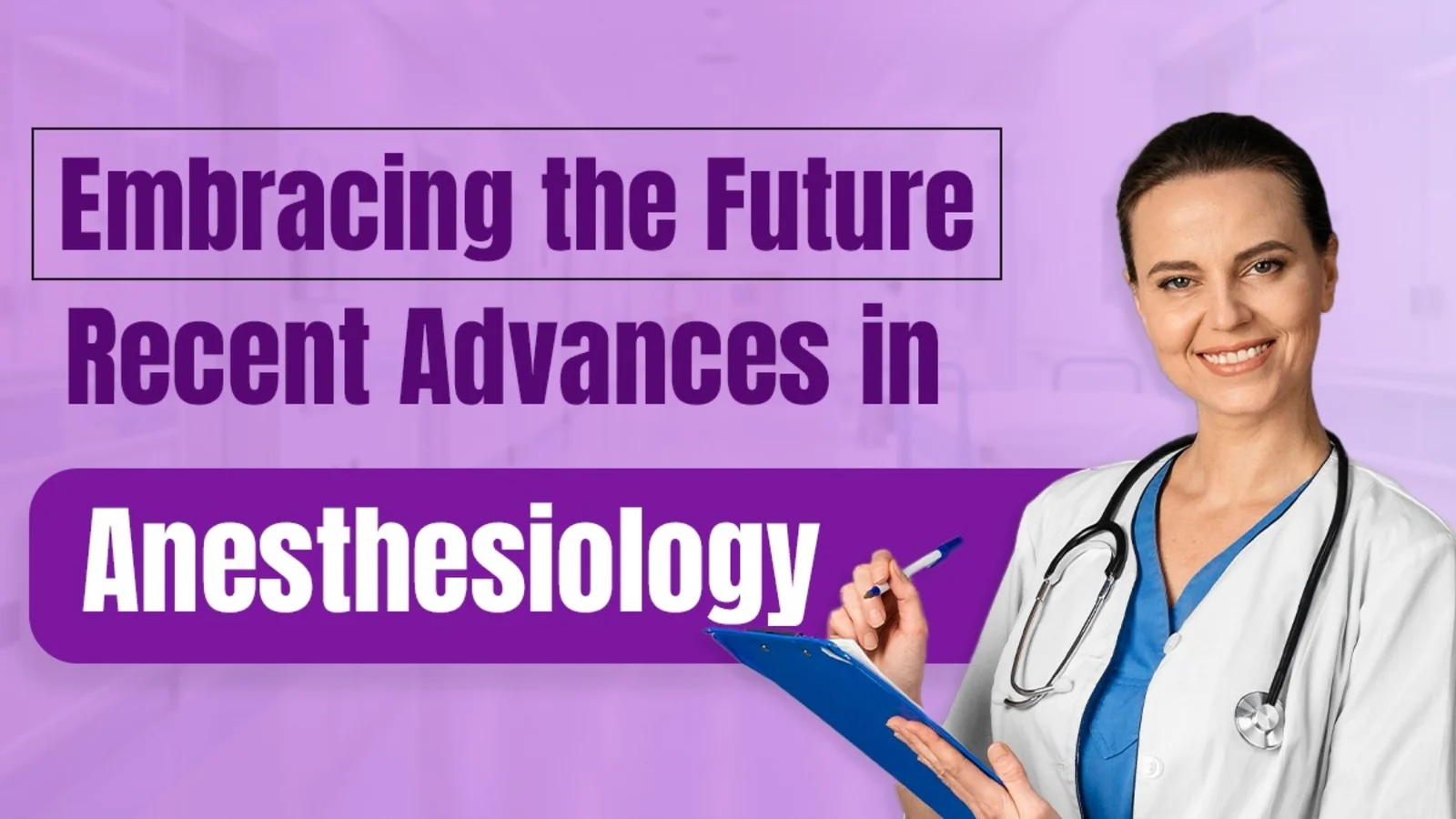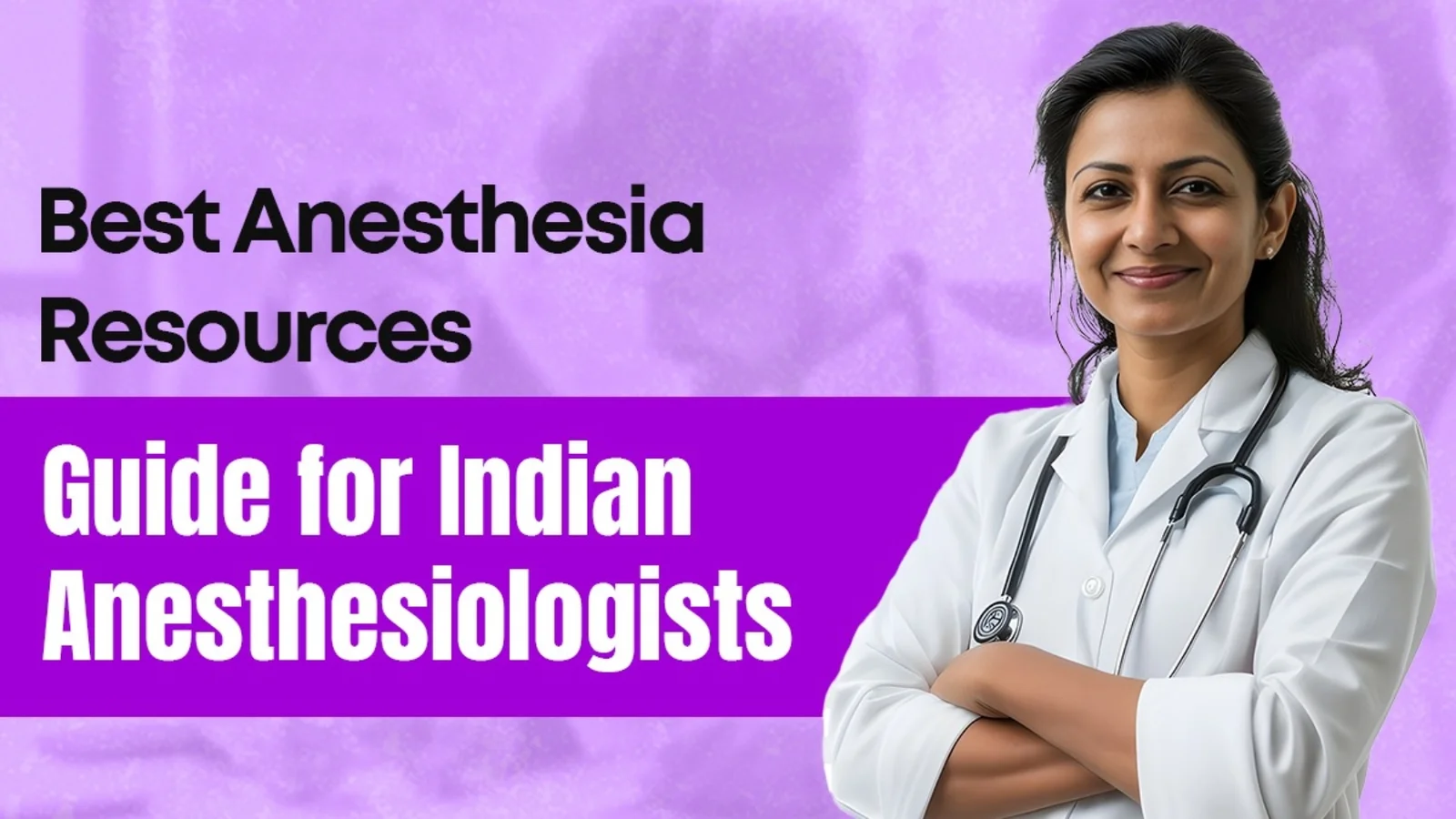Estimated reading time: 7 minutes
Good evening everybody. We will be having a case discussion today on anesthesia management in a pregnant patient with mitral stenosis who’s posted for a cesarean section. So Dr. Vignesh will be presenting the case and then we will be discussing, so for the initial 15 to 20 minutes we will be talking about the pathophysiology of MS and basically, the medicine part and for the remaining 15-20 minutes we’ll talk about the anesthesia management.
So I think we can start. Okay, Dr. Vignesh, you can start the case. Yes ma’am.
So my patient like Mrs. Swati, 33 year old female.
My patient, a 33-year-old female with education qualification till 12th standard, like a resident of Jahangir, Puri. She is a gravida 3, para 2, live 1, abortion 1, currently with 9 months of amenorrhea, that is 36 weeks plus 5 days, weeks of gestation and with complaints of licking for the past 2 hours and has been admitted for safe confinement. And she had presented 4 months ago with complaints of breathing and cough for 1 week.
Her current pregnancy was a spontaneous conception and booked at nearby PHC and there was no excessive vomiting, no bleeding PV, no burning maturation and no fever with rash. She felt quickening at 18 weeks and she can do all her daily activities and no issues of any headache, blurring of vision or abdominal pain and she pursues normal fetal movements. 4 months ago she developed breathlessness over 1 week which was insidious and onset and gradually progressive in nature initially, she had breathlessness only during exertion that is during climbing stairs and stairs activities and later it progressed to even at rest when she was having breathlessness.
And breathlessness got aggravated while lying down and got relieved in a sitting position. She also had a cough for 1 week at that time and not associated with any fever or sputum production and it got aggravated while lying down and relieved by sitting position. That time she had a history of breathlessness on lying down flat so she used 2 pillows while lying down there was a history of swelling of both the lower limbs and extending up to the ankles which was relieved by rest, which was reduced by rest.
And no issue of any chest pain, palpitations, or loss of consciousness at that time no issue of abdominal pain or loss of appetite and no issue of cough or blood in sputum no issue of bluish discolouration of fingers or toes and no issue of any frequent hospitalization for respiratory illnesses. And coming to the presenting illness, she was evaluated, that time she was evaluated in the cardiology, diagnosed to have severe heart disease at that time and she underwent a procedure in the cath lab. Her symptoms resolved over a period of 2 days and there was no issue of any ICU stay or mechanical ventilation and she was discharged after 2 days.
And in the past, like 7 years before also, she had a similar episode, like that time she had palpitations and syncope and was taken to emergency and that time itself she was diagnosed with a heart disease and she underwent a procedure in the cath lab following which her symptoms got resolved over 3 days and that time also she was not admitted on any ICU and no issue of any mechanical ventilation and she was prescribed cardiac medications and injections once every 3 weeks that time itself. And she doesn’t have any other co-morbidities and no issue of any fever or joint pain or swelling in childhood and no issue of any recurrent sore throat in the childhood. And past surgical history, there is no issue of any major surgeries in the past and post-op static history, she had a normal regenerative delivery 5 years ago and no issue of any symptoms suggestive of cardiac illnesses during that pregnancy and the issue of spontaneous abortion in first trimester 3 years ago.
And coming to treatment history, currently, the patient is on Metaprolol 25mg OD and Torzimide 10mg OD and she is on Acitrom 2mg OD which was stopped. She was admitted for safe confinement one week before in the ward. So, the Acitrom was stopped 4 days before and she was switched to an injection of low molecular weight heparin 40mg subcutaneous BD she is taking a tablet of Ecosprin 75mg and an injection of penicillin 1.2 million units once every 3 weeks and there is no known drug allergy.
And menstrual history, she had menarche at 12 years old and was having regular cycles the LMB was at 12-20-23 personal history, she was a housewife, studied till 12th standard has no issues with any addictions, consumes a mixed diet and has normal bowel and bladder habits and no issue of any heart diseases in the rest of the family members. So, my professional diagnosis is Gravida 3 Para 2, live one, abortion one, pregnant lady at 36 plus 5, 36 weeks plus 5 days of gestation. A known case of Rheumatic Valvular Disease with no signs of heart-to-heart failure has been admitted for safe confinement.
Okay, so far from the history, what are your positive findings? Ma’am, she is a known case of rheumatic heart disease and had an episode of breathlessness and cough at that time she underwent a balloon valve mitral valve autoimmune and currently she is not having any cardiac symptoms and has been admitted for safe confinement. Okay, consider that this patient does not have any history papers, she does not have any papers related to her previous admission and she is not that educated and she cannot actually tell you what procedure she underwent. So, let’s forget for a moment that she has rheumatic heart disease, she is a known case.
So, just based on the history, what do you think are her positive symptoms? Ma’am, cough with breathlessness, it is due to exertion the patient had, ma’am. She also has a cough, right? Yes, ma’am. So, based on only these two symptoms, breathlessness and cough, it could be either a cardiac or a respiratory cause.
We do not know what it is. Is there anything specific that is pointing towards cardiac in the positive history of this patient? This patient also had, it was not associated with any sputum production or any other thing, ma’am. Yeah, okay.
So, Vignesh, my question was is there any positive history in this patient which is pointing towards the diagnosis of a cardiac disease? A patient doesn’t have any other sputum production or any other thing, so which might be a fever with sputum production which suggests pneumonia or any other respiratory cause? And the patient had a history of lower limb swelling, ma’am? No, the lower limb swelling can be a sign of pregnancy also, right? So, the most important finding in this patient which points towards cardiac is orthopnea. Yeah, orthopnea and PND. Right, right.
So, it’s okay. So, orthopnea, can you tell me why it happens? Ma’am, orthopnea, basically it happens like all these, like, if one wants, like orthopnea is basically the patient develops breathlessness while lying supine and it is because of increased venous return, like leading to pulmonary congestion.
The pulmonary vasculature is already non-compliant because of chronic increased pulmonary blood flow or increased pulmonary venous congestion. So, like, these patients develop this thing. Right.
So, it could be mainly because of, probably because of LV failure, something which has caused an increase in the LV pressures leading to the transmission of the, increased backward transmission of the pressures to the left atrium and then finally to the pulmonary vasculature leading to orthopnea. So, orthopnea is a very, it’s a positive factor in this patient. What about PND? This patient doesn’t have PND, but what do you mean by PND? Ma’am, PND usually, happens in night, like when the patient lies, when the patient goes to sleep, like the patient will be sleeping.
It can happen in the daytime also, it depends upon, yeah, yeah, yeah, right. Okay, ma’am. So, like, when the patient lies, when the patient sleeps for, like, two to three hours, like the sympathetic discharge will be reduced and then, like, again, like increased venous return will also be there.

